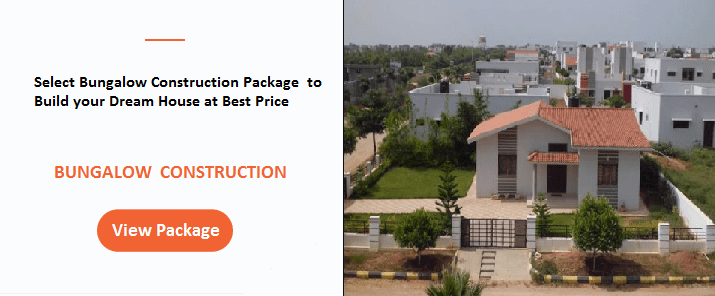Mirrors are instrumentals used for the true reflection of an object’s imagery. Throughout the ages, they have served the purpose of self ornamentation check, consciously or unconsciously people tend to be extra cautious in front of a mirror due to psychological attentiveness which results in better personal behavioral development.
Mirrors are used in bathrooms, closets, walk-in wardrobes, shutters of wardrobes, bedrooms, living rooms, hallways, corridors and many more to count on. But the suggestion for creative use of mirrors can be highly productive on visual elemental role and as well as functional role while considering the architectural aspect.
A Mirror is considered as an embodiment of water when Feng-Shui is taken into consideration. According to Feng-Shui and the theories related to it, Mirrors draw energy and vibes. Correct placement and orientation can lead to increasing the positive aura of a space.
Similarly, the Indian context also reveals Vastu for use of mirrors, the concept remains the same i.e. to maintain positivity and positive vibes. Vastu suggests that the mirror should not be placed facing towards North and East direction because It will reflect away the positive energy entering the home.
Functions of Mirrors in Various parts of your House
Mirrors usually enlarge spaces i.e. visual expansion through the reflection of the image, also they add light to the if any light source already exists i.e. they do not create any light of its own rather multiple reflection just adds on to the source light value.
There can be different Locations where mirrors can be installed and the effect they create according to the installed condition, which are as follows:
1. In Living Rooms As Visual Expansion Element
The most lively place in a home, where the expected guests are supposed to be welcome and catered requires aesthetic treatment. The spatial feel of the whole scenario can be doubled by using a full wall mirror. Spaces through reflection creates an aura of double contextual size and experiential value.
They can be installed through gluing methods, pinning mirror to wall with clamps or hooks drilled to wall.
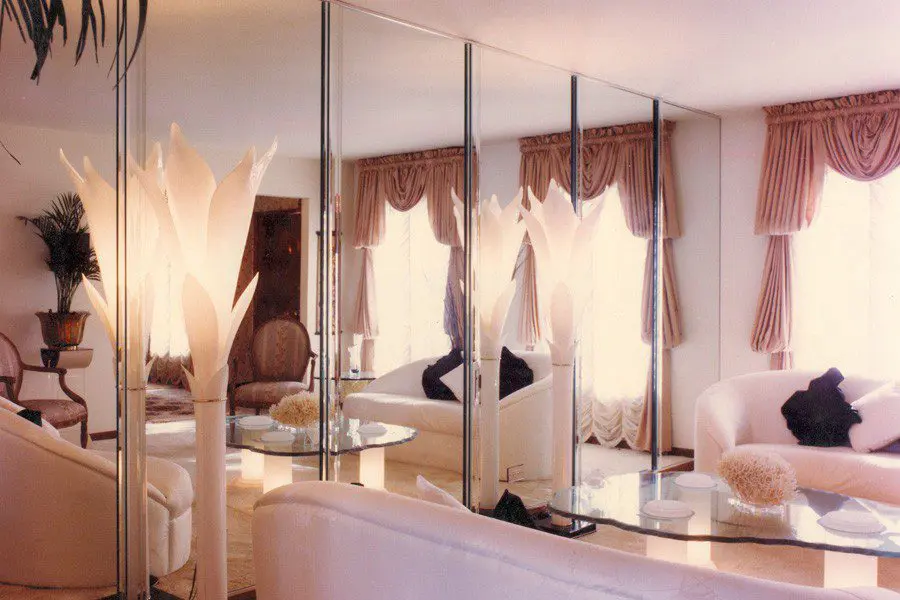
2. next to a Window or a Light Source
Mirrors show property of reflection, which helps in the reflection of light rays from a natural source or an artificial light source in a room. This can be done
spaces with low light or spaces where extra light focus is required with a minimum amount of input from the source. To optimize the effect of light, the angle of inclination of the mirror can be adjusted accordingly.
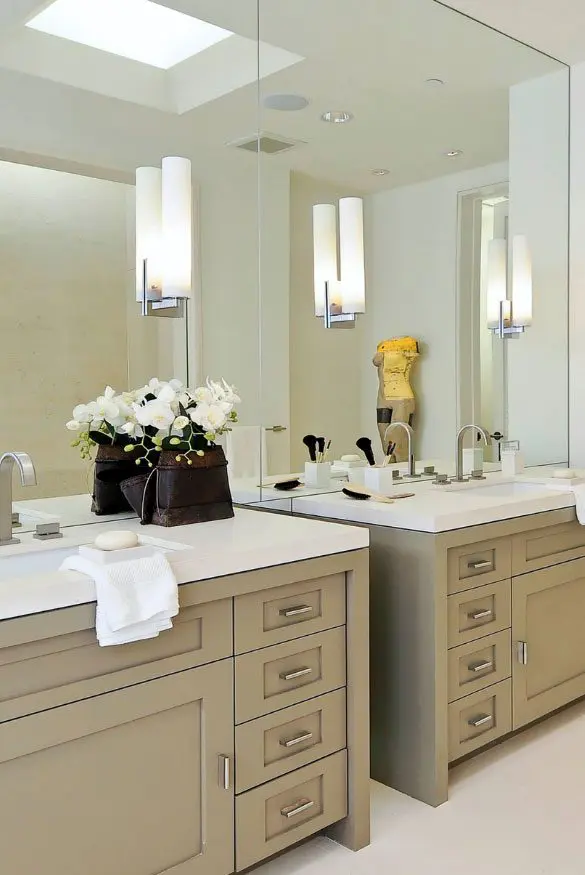
3. Opposite to a texture or Painted Wall
Mirror, when placed opposite to a textured wall, can create a feeling of a textured surface on the opposite end as well. The Concept used in this case is, Reflection as a piece of art. Positioning mirror next to a textured vase, or an antique can also create such an effect.
4. in Decor garden Spaces
Designers are approaching garden areas and their visual impact as a major design strategy. The use of mirror decors in a garden area along the shrub and flower area can bloom the impact on the user’s mind
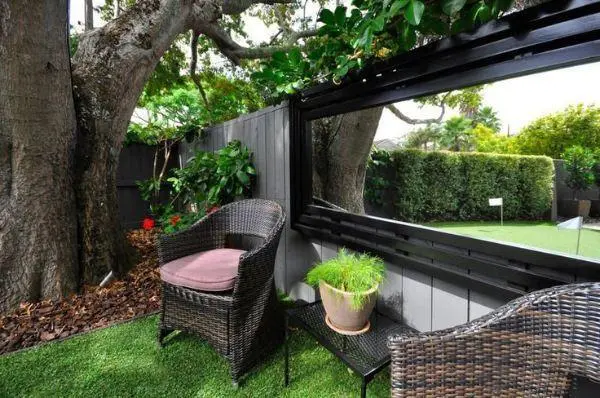
5. in Hallways and Corridors
Areas like these are motion-oriented where space designers keep optimum dimensions in consideration while designing to save space for the rest of habitable spaces, thus using mirrors in these optimum spaces to increase its visual appeal. They can be placed at the end of a hallway to create an infinity walk effect.
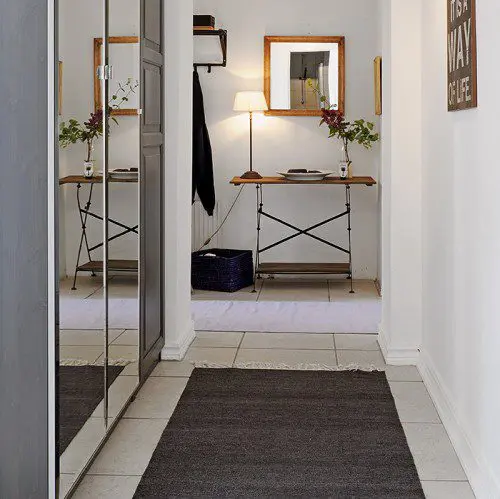
6. in Dressing Areas, green rooms and walk-in Wardrobes
Mirrors when installed on ceilings in these spaces with light beside it can create an effect of a skylight in such compact spaces. Full-length mirrors in such arrangements are a vital functional element and psychological element for elongation on space value horizontally and vertically.
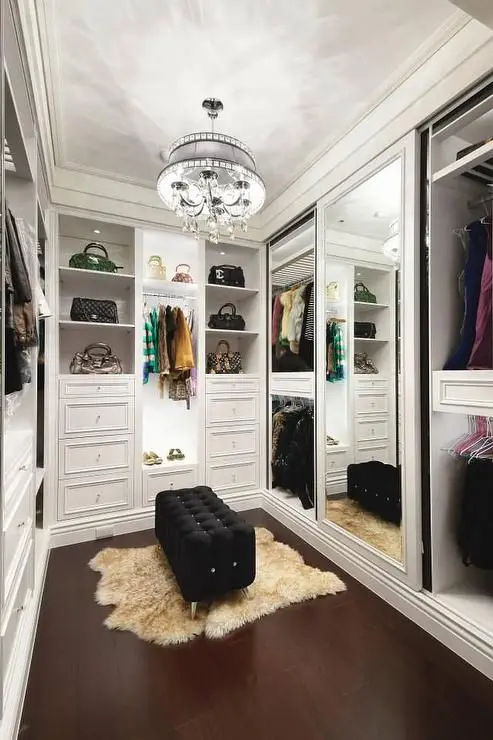
7. On Cabinet Shutters
A useful and effective way of implementation, mirror glued to cabinet shutter saves space and allows users to be flexible for function orientation. Cabinets or dresser table with mirrors can be of great use and ease of access for the user.

8. Besides the Dining Table
Most of the designer restaurants use a mirror beside the table with soft light as a mood generator. This simple technique can be used for a dining area with a royal look and a decent scheme of design.
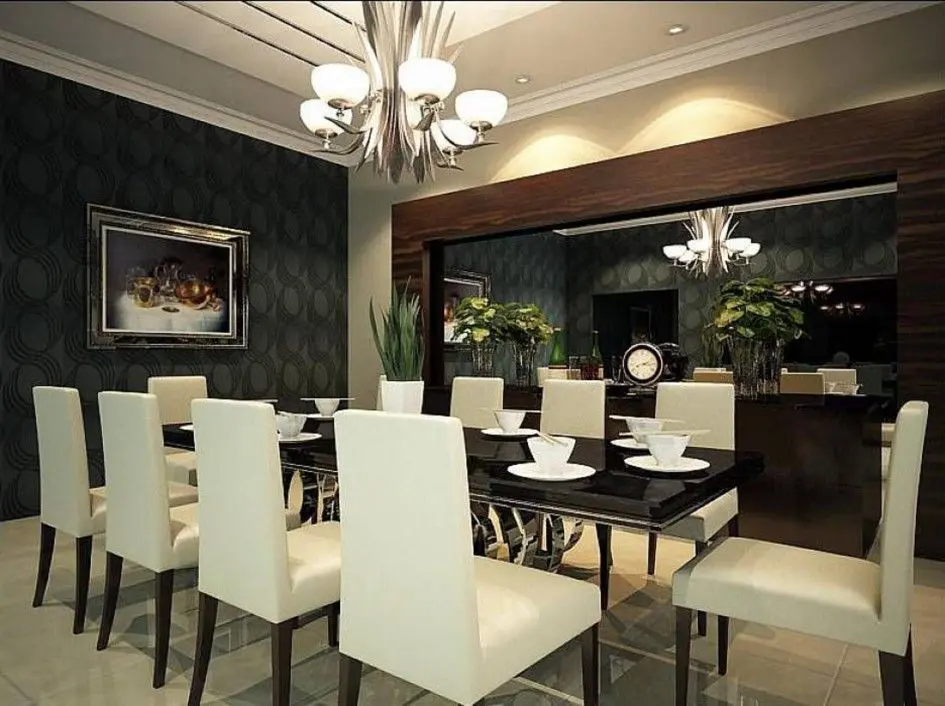
– Anshul Kulshrestha

